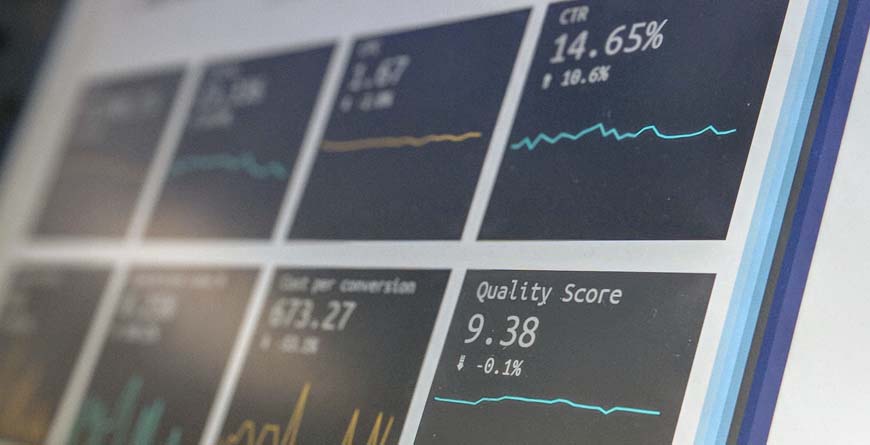
The Difference Between Data Analysis and Data Modeling
We are seeing more and more data-related analysis skills in business analysis jobs. Some data skills are critical for business analysts while others are better suited to other job functions, such as data analyst, financial analyst, reporting analyst, marketing analyst, and product management.
Data Analysis Evaluates the Data Itself
Data analysis is a set of tools and techniques to gain insight from an organization’s data. A data analyst job responsibilities:
- Create and analyze meaningful reports to help the business make better decisions.
- Merge data from multiple data sources together, as part of data mining, so it can be analyzed and reported on.
- Run queries on existing data sources.
Data analysts can be expected to have hands-on access to the organization’s data repositories and use technical skills to query and manipulate the data. They may also be skilled in statistical analysis and probably pursued some math classes in higher education.
Common alternative job titles for this type of role include Report Analyst, Data Warehousing Analyst, Business Intelligence Analyst, or even Product/Marketing Analyst.
Data Modeling Evaluates How an Organization Manages Data
In contrast, data modeling is a set of tools and techniques to understand and analyze how an organization should collect, update, and store data. Data modeling is a critical skill for a business analyst that is involved with discovering, analyzing, and specifying changes to how software systems create and maintain information.
A data modeler might:
- Create an entity relationship diagram to visualize relationships between key business concepts.
- Create a conceptual-level data dictionary to communicate data requirements that are important to business stakeholders.
- Create a data map to resolve potential data issues for a data migration or integration project.
A data modeler would not necessarily query or manipulate data or be involved in designing or implementing databases or data repositories.



